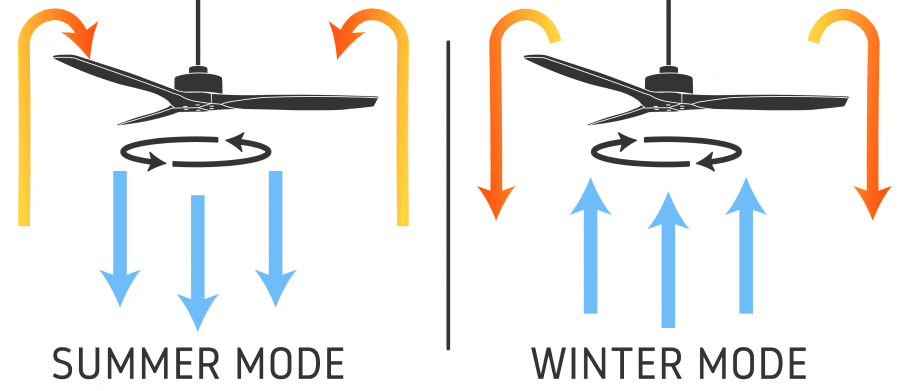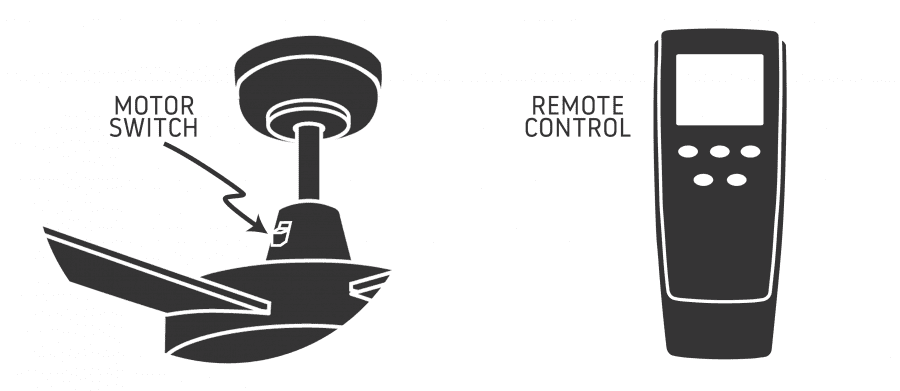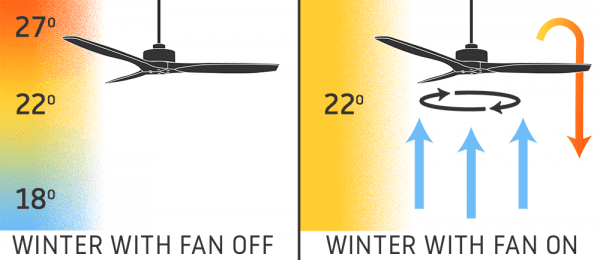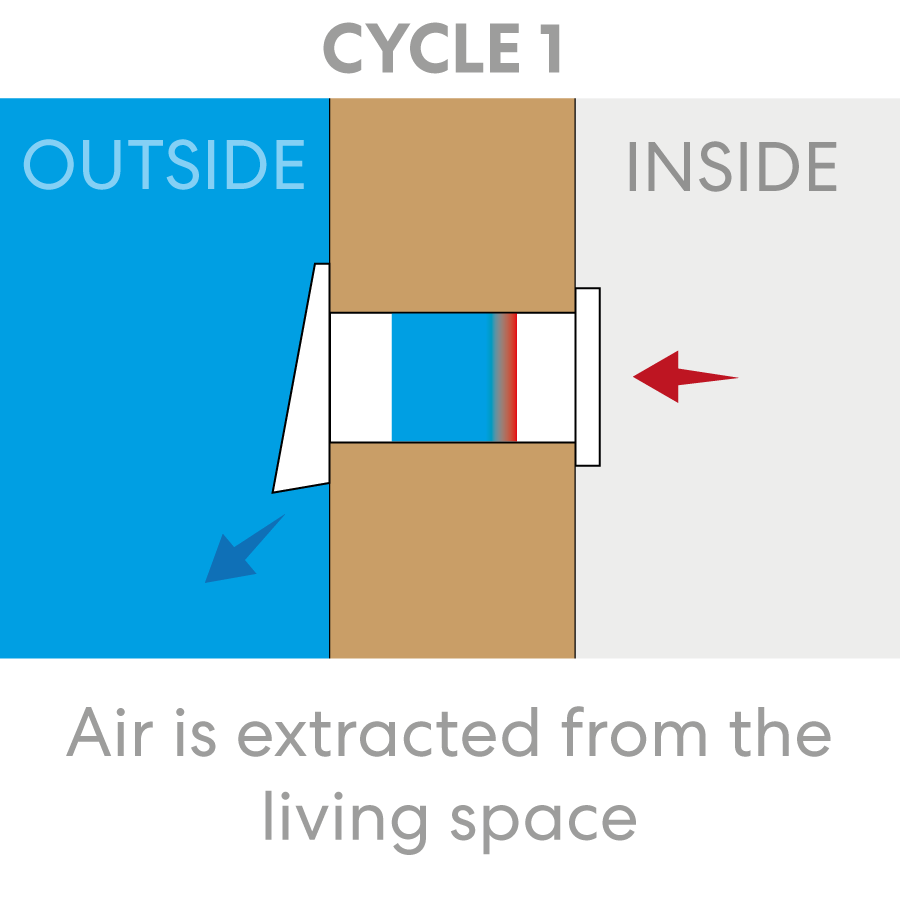OUR MODELS
Winter Ceiling Fan Guide
Ceiling fans on winter mode will rotate clockwise. This setting is best used on a low speed as the aim is not to create airflow, rather to gently push down the hottest air in the room that is above the fan (ie at the top of the ceiling, due to hot air rising). This is achieved by the fan sucking air below it up (the exact opposite of what it does in summer anti-clockwise mode), and consequently the air above getting pushed down. This will work in any space, and will be particularly useful in properties with high ceilings that normally lose a lot of hot air to the top of the room.
How does a fan work in Winter?
In the winter, ceiling fans on the winter mode will rotate clockwise. The mode is usually used at a low speed in order to pull cool air up.
The clockwise rotation pushes the warm air that has naturally risen back down. Through this, you keep the hot air down instead of losing it up near the ceiling. This can be especially handy for those with very high ceilings.


How do you enable your ceiling fans reverse / winter function?
The majority of ceiling fans will have a switch on the side of the motor. This is usually labelled as forward and reverse or summer and winter. Simply flick the switch to engage the relevant rotation. Some newer models will have this reverse function built into the remote control (if one is supplied). It is recommended to check on each particular model to see how it can be reversed. Once in reverse mode the fan should rotate clockwise and generally the fan will only need to be set to a low speed, all you need to achieve is a gentle updraft for your ceiling fan to be effective this winter.
So what are the benefits?
By bringing the warm air down from ceiling level it means that you do not need to set your thermostat to be at such a high temperature to achieve a comfortable and warm environment. Ceiling fans are relatively inexpensive to run, especially when compared to power hungry heating solutions. By making better use of this hot air, you can keep your heater on lower settings, and therefore save on energy and consequently quite a few dollars! Fans only use minimal electricity to run on low speed, most around 15-20watts, which is the same as an energy saving light bulb!




